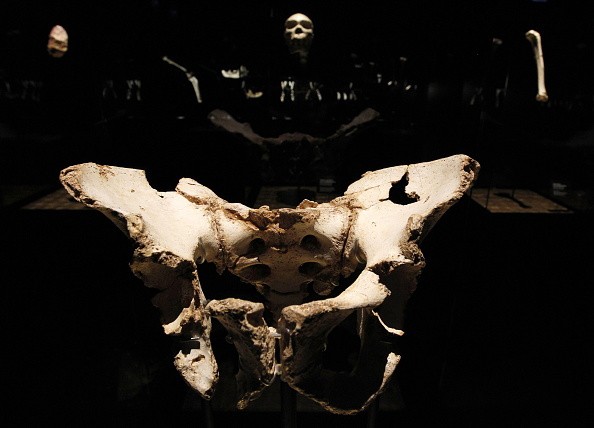Walking upright is a gifted trait for humans. Do you ever wonder how you can walk upright? For sure, you know that it is because of the pelvis.
The pelvis is a basin-shaped bone in the body's trunk and legs. Inside the body, it supports the urinary bladder, internal reproductive organs, and intestines.
According to the article published in Phys org and Science org, the pelvis is designed for humans to walk on their two legs, making humans different from primate cousins.
It maintains the balance in the body to walk and stand. It also helps women to give birth to babies with large heads.
Published in Science Advances, evolutionary biologist Terence D. Capellini's new research reveals that the body's pelvis takes shape during the mother's pregnancy and identifies the genetic sequences in orchestrating the pelvis process.
Capellini is a senior study author and a newly tenured Professor in the Department of Human Evolutionary Biology.
Also Read: Whales Kept Their Hip Bones For Better Sex
Process

Capellini explained that pelvic patterns already emerged in early human ancestors. 4.4-million-year-old hominin Ardipithecus ramidus is said to have at least walked on two legs.
In Capellini's study, he discovered that six to eight weeks during pregnancy marks and forms the many features critical for human walking.
The formation of the pelvis occurs while bones are still in the cartilage. Meaning it can quickly grow and curve.
The report said that the process includes essential pelvic features unique to humans, such as the basin-like and curved shape.
Moreover, the study found that when the cartilage starts turning into bones, the pelvic section development takes time to form properly, calling it cartilage longer.
Capellini explained that there seems to be a stalling process, which gives cartilage to grow more.
Such findings, he added, are surprising, naming it zone protection.
The researchers conducted RNA sequencing to look into genes triggering the pelvis formation. They discovered hundreds of genes that turn on or off during the six to eight weeks of forming the ilium in the pelvis.
On the other hand, the researchers looked into four to 12-week-old embryos using a microscope, studying when and how the ilium and pelvic elements form and the birth canal takes shape.
Science reported that the reshaped ilia help the muscles make upright walking on two legs stable and a wider birth canal for mothers during pregnancy with big-head babies.
In addition, the process is with the consent of people who legally terminated their pregnancies.
From the samples, they compared the developing human pelvis.
The study of pelvis formation could help scientists study treatments for hip joint disorders and predict hip complications in childbirth, according to Nicole Webb, a paleoanthropologist who studies pelvic anatomy at the University of Tübingen.
Pelvic care
The pelvis holds an essential role in the human body. Stanford Medicine Health Care said that humans' stress and lifestyle could worsen and result in pelvic floor pain.
According to Stanford Medicine, floor exercises help strengthen the pelvic floor. It suggests ways care for the pelvic.
Men and women must consume the recommended glasses of water and focus on meditation.
For more similar, don't forget to follow Nature World News.
© 2025 NatureWorldNews.com All rights reserved. Do not reproduce without permission.





